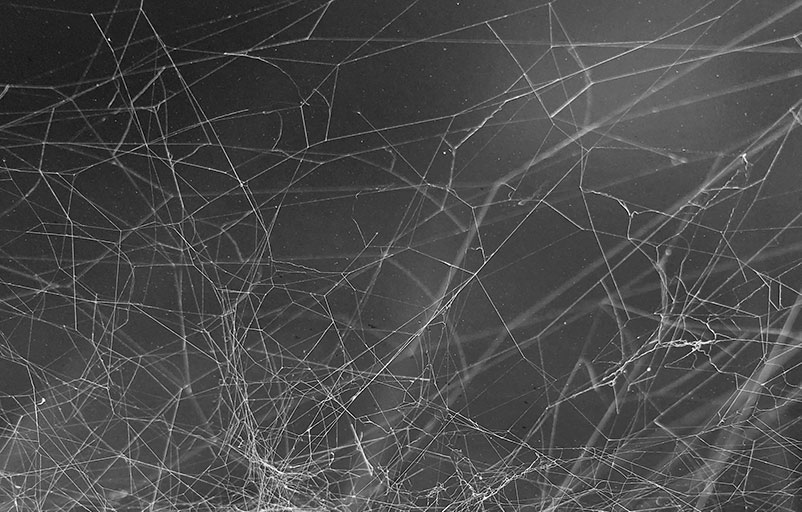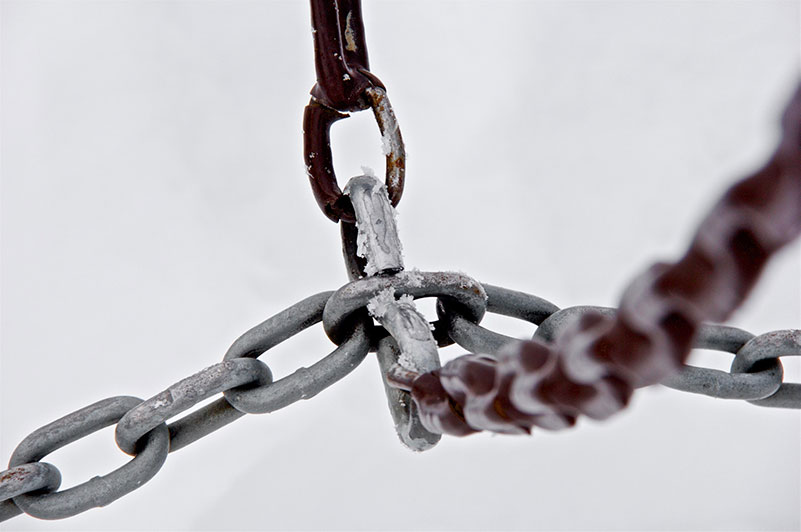Boost your SEO by adding internal site links
If your site is going to rank, it needs links. Google finds your posts and pages best when they’re linked to and from somewhere else on the web, such as directory listings, and from internal links. Also, because Google deems a page that gets lots of valuable links as more important, you’ll increase the chance of that page ranking.
An irregular web or net is the structure you are aiming for, with as much relevant cross linking as possible.
What is an internal link?
An internal link is any link from anchor text on one page of your website to another page. It is the clickable text that visitors see. Both your users and search engines use links to find content.
Improved crawling and indexing can boost your SEO
Google’s bots regularly crawl the web for fresh content. If you have a strong internal linking structure, your website will be crawled, indexed, and ranked by search engines a lot faster.
Lots of content
The best way to have a healthy internal linking structure is to have lots of internal pages. It’s our must have #4.
Why? Basically, internal linking can boost the link juice of the internal pages.
What? When your website receives a link to the homepage, some of the link value is passed on to internal pages. This is often referred to as ‘link juice’.
Google divides link value between all links on a web page. If Page 1 then links to Page 2, the ‘link juice’ flows from Page 1 to Page 2, helping it rank higher in the search engine results page (SERP).
Sharing the juice
Usually, your homepage has the greatest link value because it has the most backlinks. That link value will be shared between all the links found on that homepage, and subsequently passed to the pages they’re linked to, and so on.
You can make new content more authoritative by adding links to it from the homepage or the top navigation pages. You should do this with the posts and pages that are most important to your business. This will give these posts or pages a lot of link value and makes them stronger in Google’s eyes.
But repeatedly linking everything to your homepage won’t help your SEO score.
Why not? You can’t just have loads and loads of links from one page alone, your homepage for example, or you will be punished; it will have a negative SEO effect.
What to do? The best internal links are those that connect one article to another. This creates a strong internal linking structure deep within the site.
And by creating lots of content, you’ll have lots of places for links. The more links to more places, the better your internal linking strategy will be and the better it will perform in searches. Content could be information such as services, case studies, news, recipes, reference materials, tutorials or anything that is relevant to the industry you are in and the services you provide. We have created a fantastic guide to help you create quality content.
Link to and from content-heavy pages
When you write a new piece of content, you should include five or more links to old articles; about 5-10 links for every 2,000 words is best practice. Then you should go to those old pages and link back to your new post or page: create a link between an old established page and a new not-so-established page.
Why? Google ranks websites with a ‘freshness value’.
Freshening up old pages with a new link helps to boost its likelihood of better ranking in the SERPs.
Add contextual links
When you’ve written various articles about a certain topic, you should link them to each other. This will show Google, and users, that those articles are topically related. Add a link to the most important of all the articles on this topic, and then link back from this article to the other posts.
Don’t forget the kids
What? Don’t create orphaned content. These are pages and posts that don’t have any internal links pointing to them. They are hard for users to find, and also hard for search engines to crawl: wasted SEO real estate.
Update the old
You’ll get the most power from internal linking if you combine it with another important SEO technique: updating old content.
When you update old content, Google’s crawler sees it again, indexes it again, and may increase its ranking in the SERPs.
So, updating your old articles regularly by
- Adding several new internal links to content you’ve recently created.
- Adding a new paragraph of content at the beginning, explaining your updates.
- Adding additional or updated information.
- Removing or replacing outdated stats or information.
Setting up an internal linking strategy
When it comes to your site’s SEO, adding to and improving your internal linking strategy on a regular basis is crucial.
Go forth and link
Without links, your content can’t rank! With a solid internal linking strategy, you can show which content is related and which of your articles are most informative and valuable. If both Google and your readers understand your site better, you increase your chances of ranking well.
Ask us how we can help you with SEO and creating links in your site.
Written in conjunction with Rachel Ellis of Wordright.






